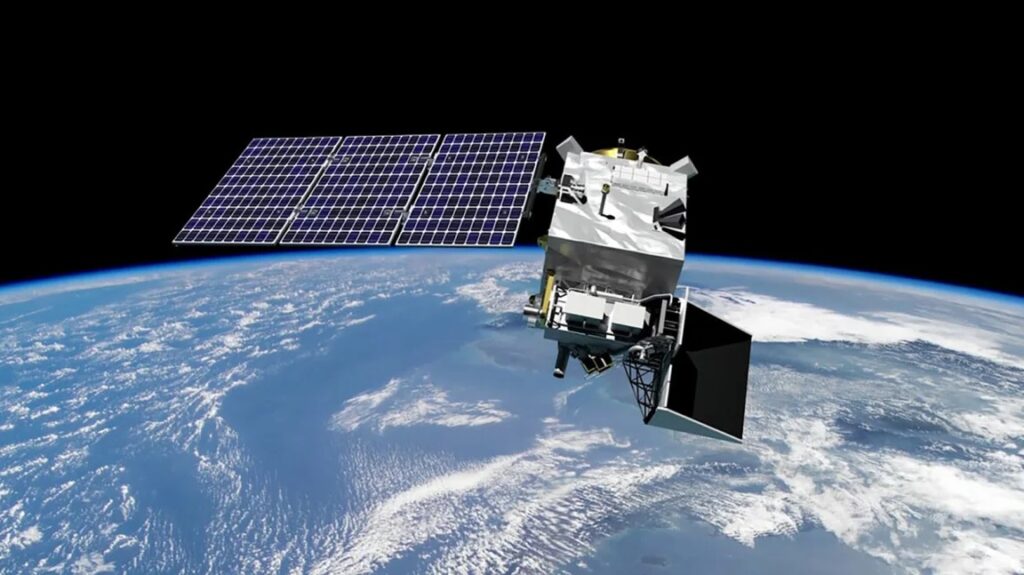08/02/2024
08/02/2024

NEW YORK, Feb 8: In a historic milestone for scientific exploration, NASA's PACE (Plankton, Aerosol, Cloud, and ocean Ecosystem) mission soared into space, poised to unveil unprecedented insights into Earth's microscopic marine life and atmospheric particles.
The mission commenced with the successful liftoff of the PACE satellite atop a SpaceX Falcon 9 rocket from Cape Canaveral Space Force Station in Florida at 1:33 a.m. ET Thursday. Accompanied by the spectacle of the rocket's booster returning to Earth 10 minutes post-launch, the spacecraft swiftly deployed its solar arrays, signaling operational readiness just over 30 minutes after liftoff.
Delays due to inclement weather on Tuesday gave way to ideal launch conditions, with more than 95% favorability for Thursday's liftoff. Scientists, who had long envisioned a mission to unravel the intricacies of oceanic and atmospheric processes, hailed PACE as a pivotal step forward.
PACE's suite of instruments, including two polarimeters and a camera, promises to capture a comprehensive spectrum of data, unlocking hitherto unseen phenomena across different wavelengths of light. By scrutinizing aerosols, clouds, and phytoplankton, PACE aims to serve as a beacon for deciphering ocean health and climate change dynamics.
"This mission is a quest to explore the microscopic universe within our oceans and skies," remarked Jeremy Werdell, PACE project scientist, emphasizing the mission's groundbreaking potential.
While initially designed for a three-year mission, PACE boasts sufficient fuel reserves to extend its orbit and observations for up to a decade. Joining a fleet of NASA Earth science missions, PACE's endeavors align with a global imperative to understand and address climate change challenges.
NASA Deputy Administrator Pam Melroy underscored the agency's commitment to leveraging space-based assets for climate research, stressing the urgency of combating the climate crisis. The mission's launch comes on the heels of sobering revelations about 2023 ranking as the hottest year on record, underscoring the pressing need for actionable insights into Earth's changing climate.
Among the key areas of focus for PACE is the exchange of carbon between the ocean and atmosphere, with aerosols emerging as pivotal players in shaping Earth's climate and weather patterns. By mapping microscopic life from space, PACE aims to revolutionize our understanding of phytoplankton distribution and behavior, shedding light on their pivotal role in sustaining marine ecosystems.
With the potential to identify harmful algal blooms and monitor their evolution over time, PACE holds promise as a sentinel for safeguarding global marine resources. As NASA's most advanced mission for studying ocean biology, PACE heralds a new era of scientific inquiry into Earth's oceans and atmosphere, poised to inform strategies for planetary stewardship for generations to come.


